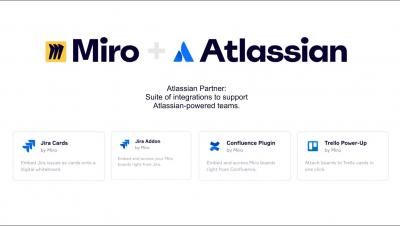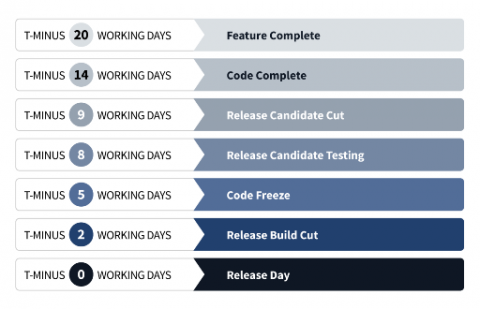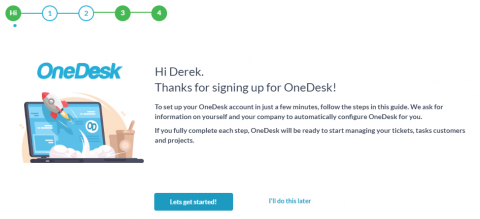Teams | Collaboration | Customer Service | Project Management
%term
Asana Tips: 3 ways to increase project visibility
At Asana, we think of “visibility” as insight into who’s doing what by when. With increased project visibility, teams can work together seamlessly while still making sure nothing falls through the cracks. But creating purposeful visibility across your entire team can be hard.
Crisis management during COVID-19: How being agile can help save your business
Major crises like our current situation is a real-life test of agility for many of us. As we look around at governments grappling with mitigation and businesses of every size pivoting their strategies, we see all of them dovetail back to this mantra: “Responding to change over following a plan.” While everything may feel hopeless at times, there are also inspiring examples of people and organizations who have shown resourcefulness and resiliency in their responses.
How our remote team ships like clockwork
On the 16th of every month, we release an update to the Mattermost server. The release happens on the same day, every month, without fail. It’s a cadence that our customers have come to rely on, and it helps us deliver new features and updates with drumbeat regularity. Hitting this hard deadline every month while ensuring high-quality releases requires clear processes and organizational discipline. This is a challenge for any team.
Syncing Exchange Calendars
Helping your ecommerce team adapt to COVID-19: tips from fellow leaders
Ecommerce teams have to be adaptable at the best of times, but COVID-19 has introduced a whole new set of challenges. You’re probably getting more questions from your customers – and they're expecting faster responses. You might have more orders, but only a few team members on hand to fulfil them. You may also be rethinking your website's messaging so it's timely yet empathetic.
Stepping through the OneDesk Quick-Setup Wizard
In OneDesk there are a large number of options that allow you to configure the software to behave in just the way you want it to. However, most of these options are non-critical and only need to be tweaked along the way, as you decide you want to change the way some things work. Out-of-the-box, OneDesk is almost ready to go to work for you, but you do need to take a few actions and provide a bit of information to get fully configured.
How we're making remote IT work
One day you’re grabbing your to-go latte, responding to Slack messages on your subway commute, and arriving at work to find a coworker waiting by your desk with a broken computer… and the next, you find yourself at home, sipping on plain old drip coffee while making huge decisions about remote work that will affect your entire organization – all with only a day’s notice.
How to plan a virtual event - even when your team is remote
You suddenly need to organize a virtual event in a matter of days, but your team – and possibly your audience – is all remote. How can you be agile and quickly transition to remote planning for a large virtual event? And once it’s planned, how do you actually pull it off? This may sounds like an impossible task, but don’t worry – we’ve put together this guide based on learnings from our online conference, Distributed, to help you get started.
How to Build a Customer Service Operations Team that Elevates your Support
To deliver the perfect customer experience, activities such as creating efficient processes and workflows, quality management, planning shift schedules, etc. are absolutely critical. These come under the umbrella of customer service operations, a core capability that helps scale and improve the level of customer support offered by your company. So who ensures support operation tasks are ideated and executed well so that your customer service standards do not drop?











